Living Algebra, Living Wage
Eighth graders finally get what they ask for: an algebra lesson for the real world.”
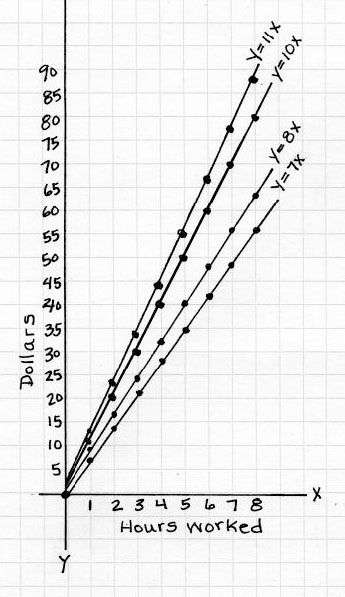
Eighth graders finally get what they ask for: an algebra lesson for the real world.”
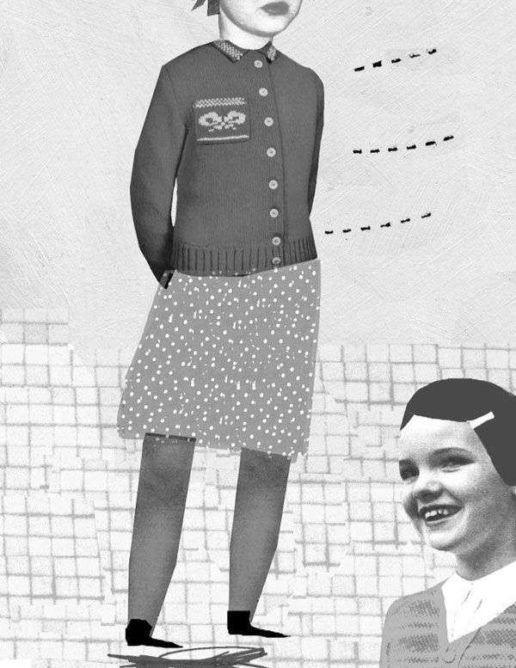
Linda Christensen gets students to write critically about clothes, class, and consumption.
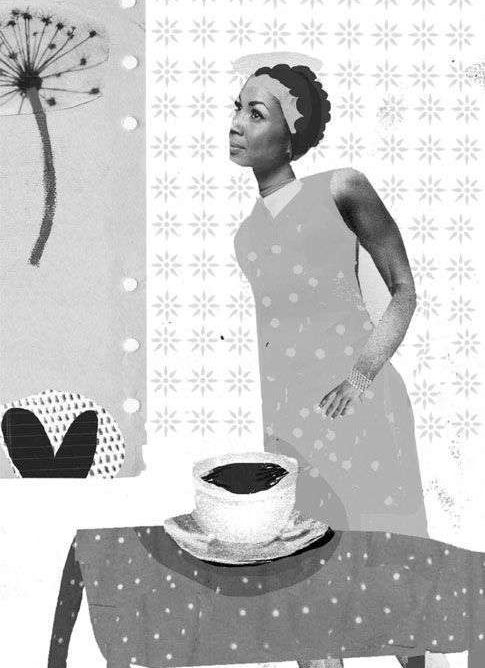
Building classroom relationships through poetry.
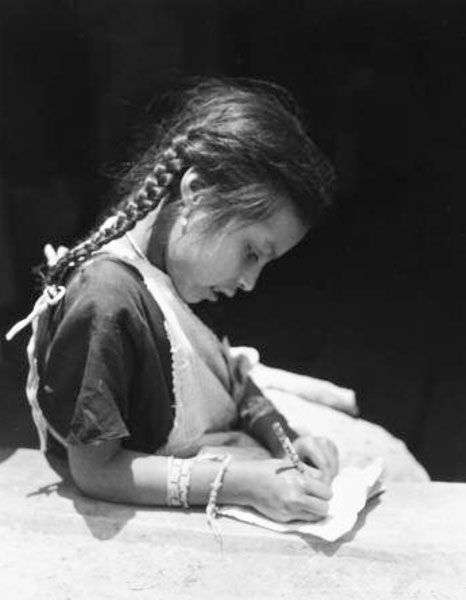
Encouraging prospective teachers to examine their cultural heritage.
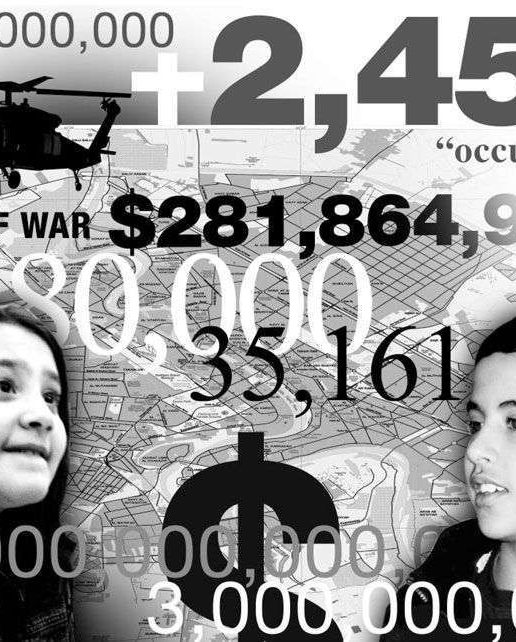
Suggestions from a 5th-grade teacher on bringing the War in Iraq into the curriculum.
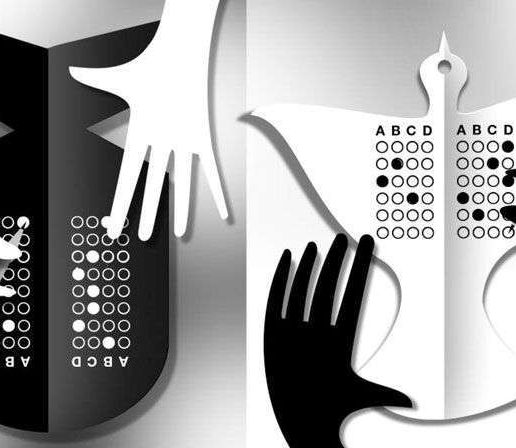
Preparing high schoolers for the Regents exam while studying the War in Iraq.
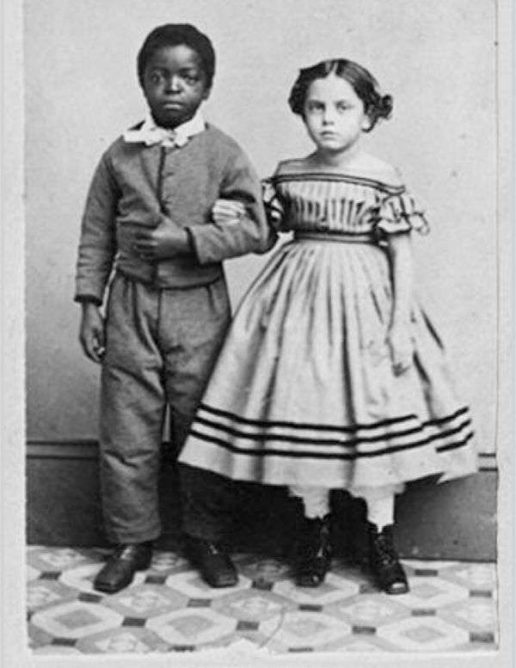
This content is restricted to subscribers
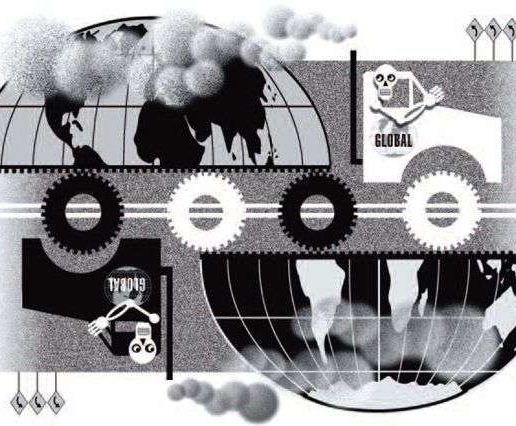
Helping kids who’ve grown up in the truck culture” examine climate change.
“
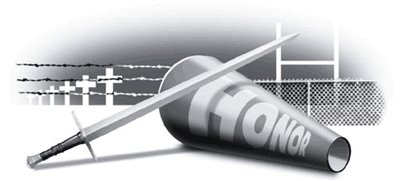
This content is restricted to subscribers
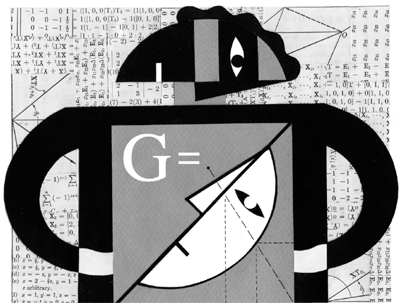
This content is restricted to subscribers
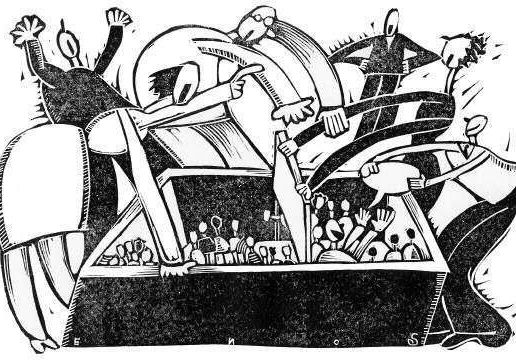
A teacher finds that small school reform presents opportunities to teach about tracking and inequality.
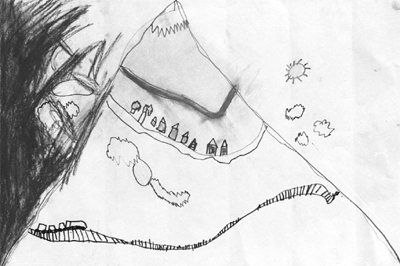
This content is restricted to subscribers
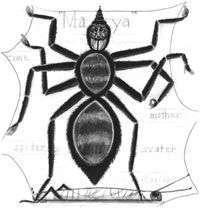
An ordinary spider assists a multilingual third-grade classroom.
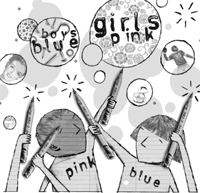
A unit on gender stereotypes inspires students to take action.
Teaching forgiveness through poetry and art.
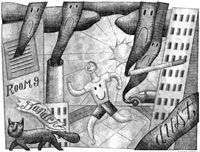
A Rethinking Schools editor explores the environment’s effects on her students’ health in the classroom.
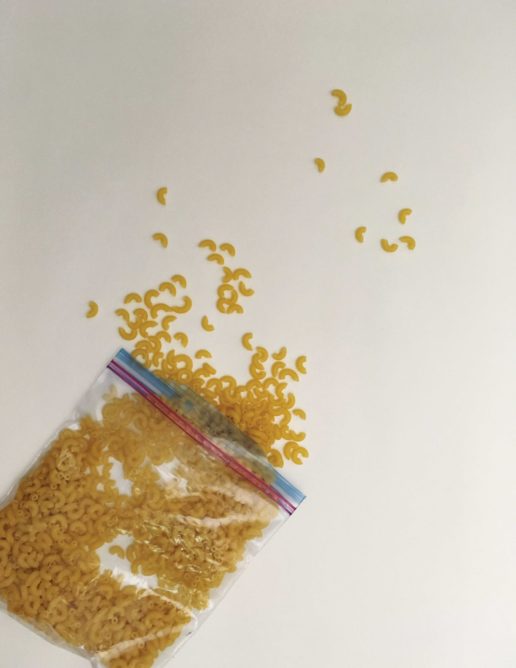
A 3rd-grade teacher uses thousands of pieces of macaroni to facilitate a lesson about fractions and to spur classroom conversations about wealth inequality.
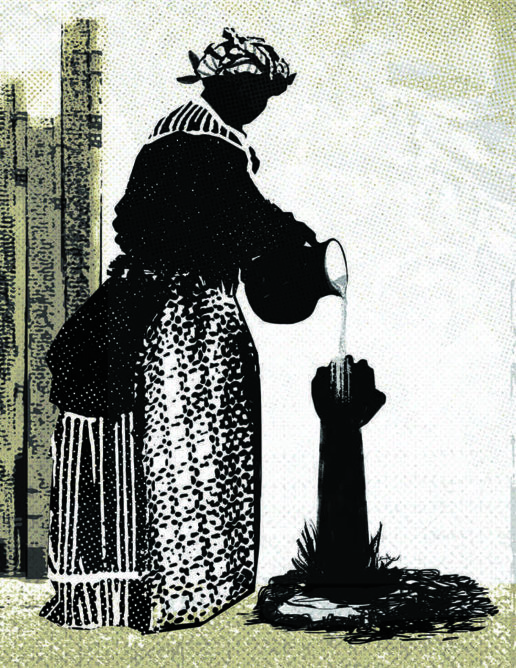
Unfortunately, the transformative history of Reconstruction has been buried. First by a racist tale masquerading as history and now under a top-down narrative focused on white elites. It’s long overdue we unearth the groundswell of activity that brought down the slavers of the South and set a new standard for freedom we are still struggling to achieve today.

A high school teacher looks at how a daily activity focusing on the representation of women helped transform her classroom.
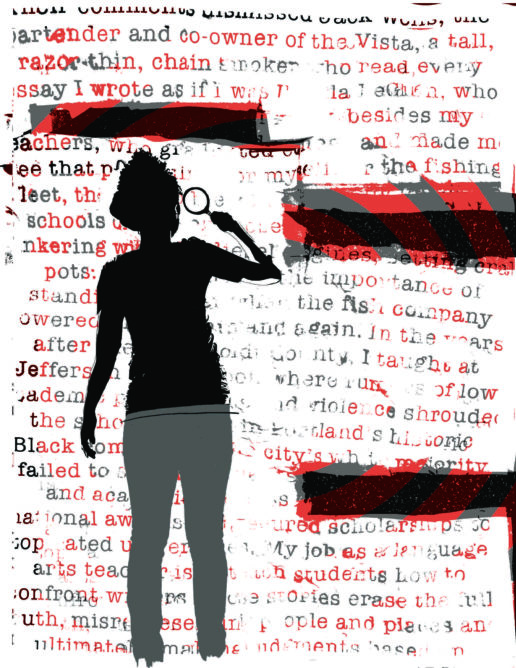
“Part of the work of teaching students to read is teaching them to question not only the written word, but also the author,” Christensen writes in her article about teaching students how to confront writers whose stories erase the full truth and misrepresent people and places.
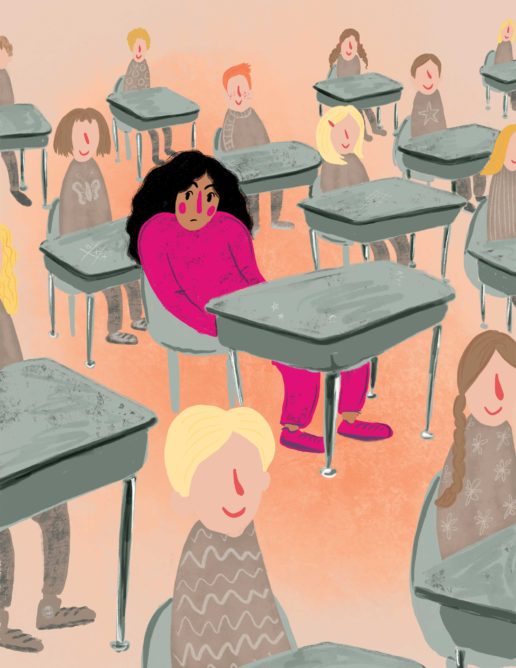
A Palestinian American mother describes the alienation that she felt in school, and how she draws on her experiences to imagine the schooling she wants for her children.
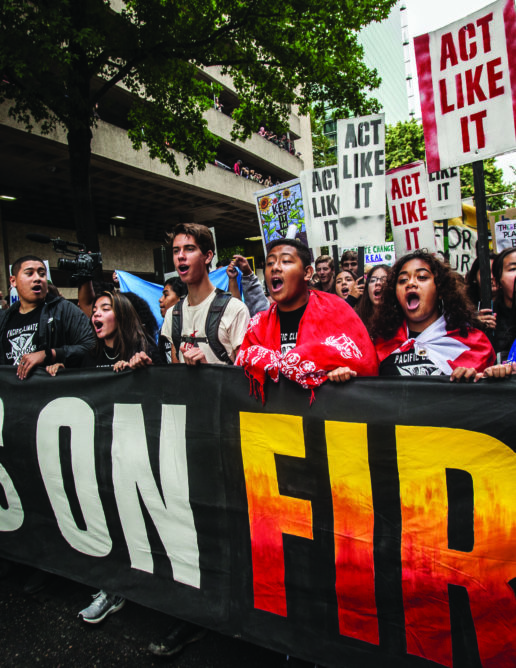
“Climate justice” education means a lot of things. But one key aspect is that we involve students in probing the social and economic roots of the crisis.
In the spring 2011 issue of Rethinking Schools we editorialized about the immense gulf between our terrible environmental crisis — especially the climate crisis — and the adequacy of schools’ curricular response. Seven years later, we still see this gap between crisis and curriculum — which is why we are launching this regular “Earth, Justice, and Our Classrooms” column: to offer encouragement and resources for teachers to help students explore the roots and consequences of the crisis and figure out how to respond.
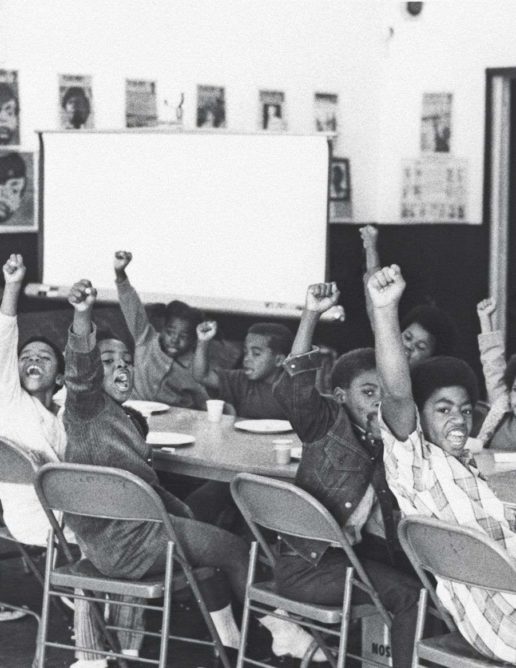
The history of the Black Panther Party holds vital lessons for today’s movement for Black lives and all movements to confront racism, inequality, and police violence. But our textbooks distort the significance of the Panthers — or exclude them completely.
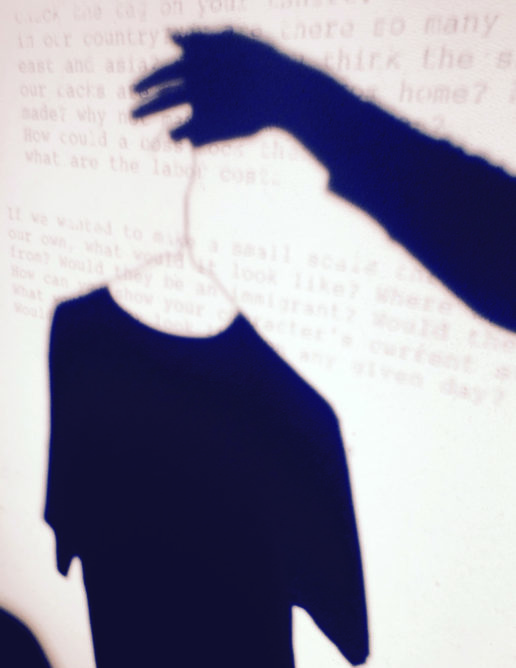
An elementary school teacher uses his students’ T-shirts to launch a lesson about child labor, basic economics, factories, unions, and strikes. “When I was a child, I remember ‘playing pretend’ with my cousins. We could be anyone we imagined, and in that moment, we were those people. Why not use that energy and imagination as a resource? When we use our imagination to walk in another’s shoes, that’s where real learning begins.”